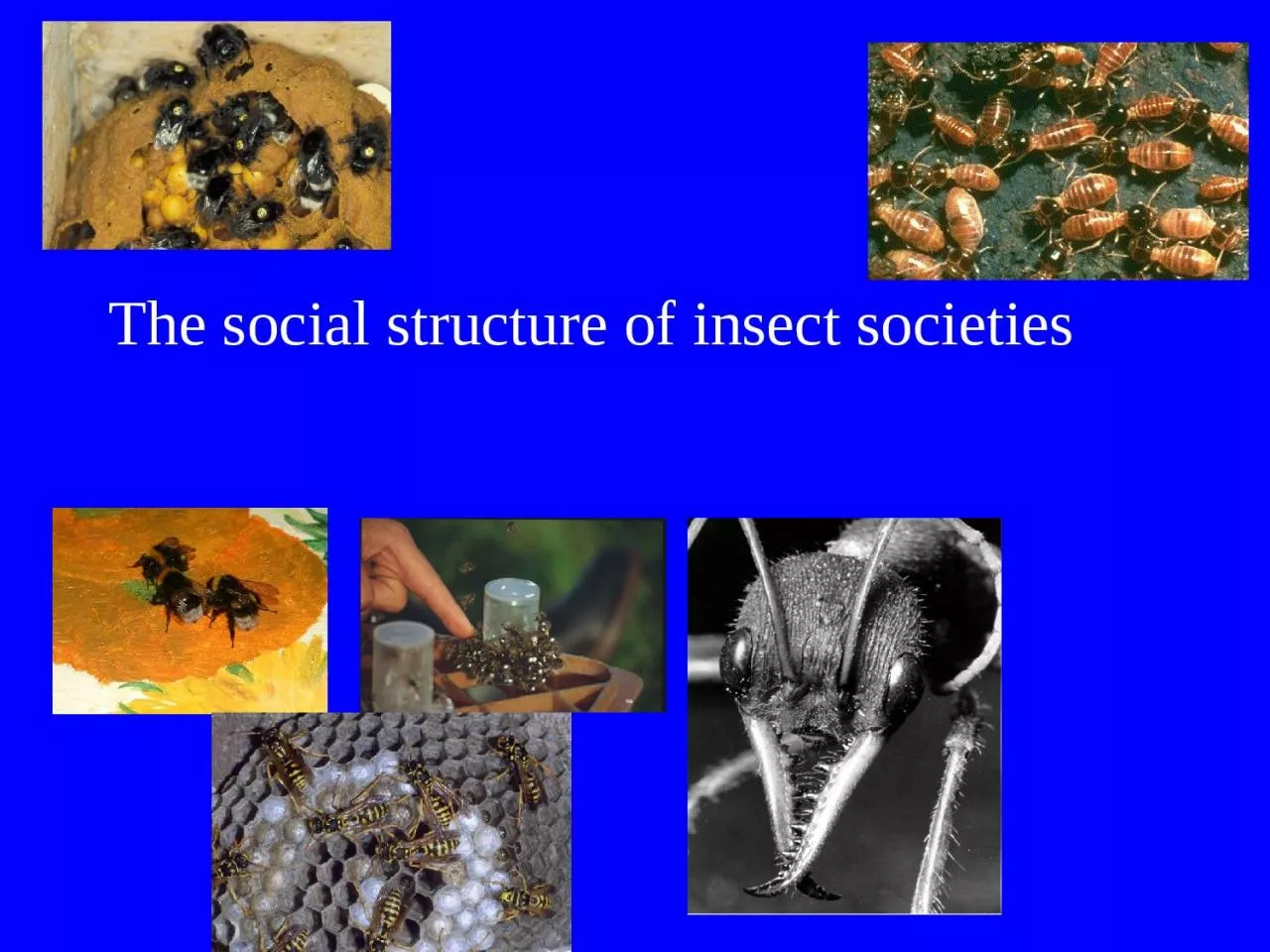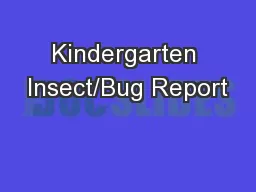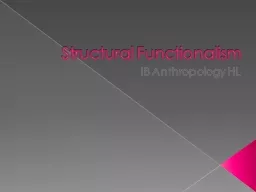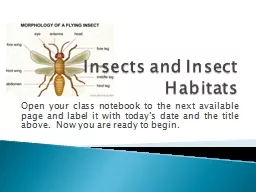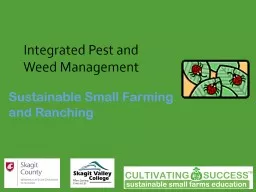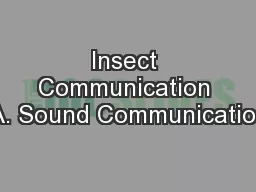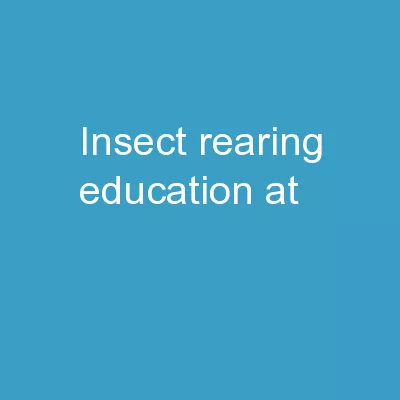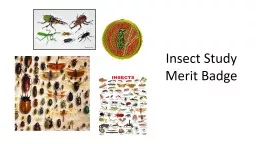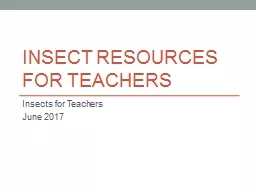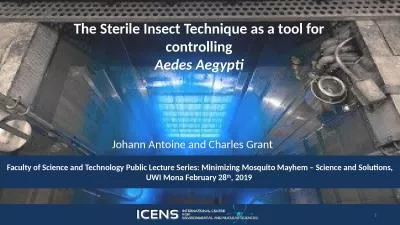PPT-The social structure of insect societies
Author : walsh | Published Date : 2023-10-28
The social insects have royalty Social Hymenoptera ants wasps bees have a queen Social Isoptera termites have a king amp queen The queens and kings are typically
Presentation Embed Code
Download Presentation
Download Presentation The PPT/PDF document "The social structure of insect societies" is the property of its rightful owner. Permission is granted to download and print the materials on this website for personal, non-commercial use only, and to display it on your personal computer provided you do not modify the materials and that you retain all copyright notices contained in the materials. By downloading content from our website, you accept the terms of this agreement.
The social structure of insect societies: Transcript
Download Rules Of Document
"The social structure of insect societies"The content belongs to its owner. You may download and print it for personal use, without modification, and keep all copyright notices. By downloading, you agree to these terms.
Related Documents

